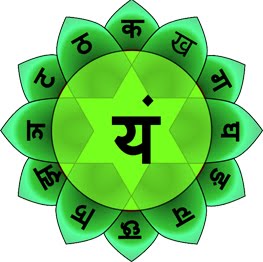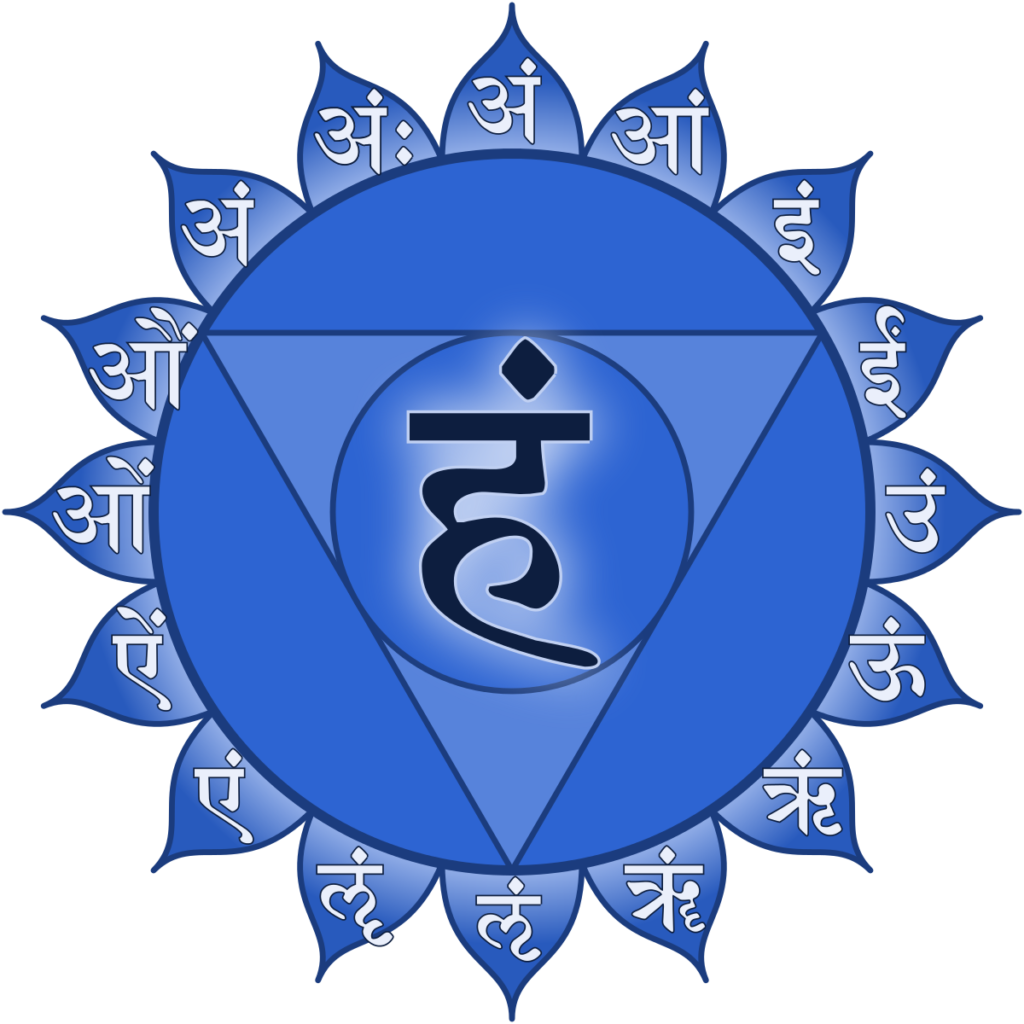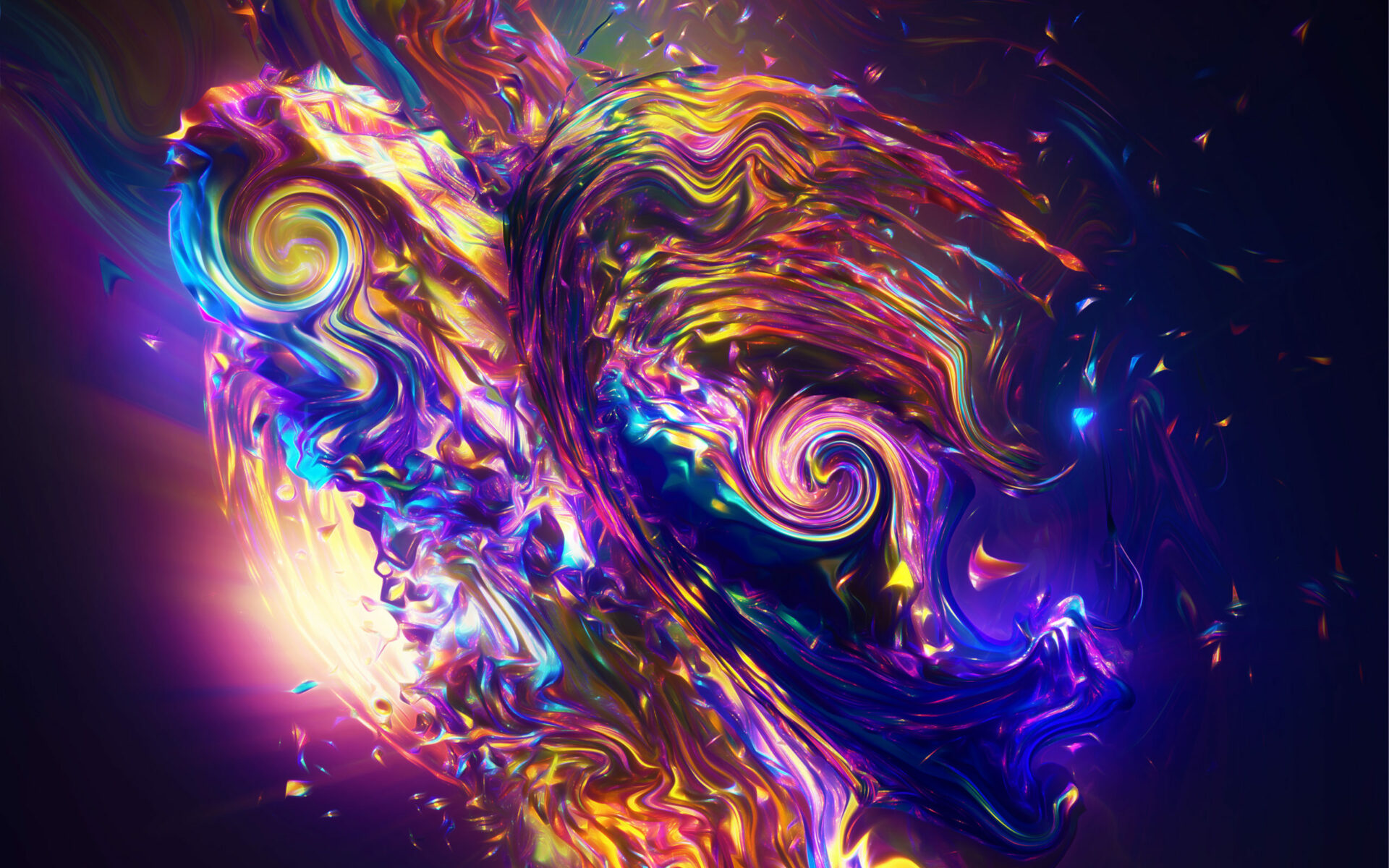1.- Introduction to Simhasana
1.1.- Simhasana: What does it mean?
Simhasana is a deep-rooted asana, incorporating a powerful breathing technique with a forceful exhalation.
The name comes from the Sanskrit Simha, which means “lion” and asana, which means “pose“. This name refers to the fierce lion-like expression on the yogi’s face, as well as the roar of breath made while in this pose. This asana is known for its ability to reduce stress and anger, through the active release of tension with the exhalation. It is also a good posture to stimulate and engage all three bandhas. In the West Simhasana can also be referred to as the “lion pose”.

If in your practice of this position you want to improve its effects, you can use this incense, and you will also help us in the financing of this blog.
1.2.- Simhasana: Etymology
Simha in Sanskrit means lion. Simhasana is therefore the lion pose.
Symbolically, the roaring lion reveals the mysteries of life. The lion is praised in different ways in Eastern texts. In India, for example, the lion represents both the country and its citizens.
The lion is generally considered the noblest and strongest animal, an example of virtue, greatness and fidelity.

2.- All about Simhasana
Simhasana provides you with an ideal way to release negative energy. The powerful exhalation and the strength of the arms and shoulders are a manifestation of the release of negative energy. It is said that many problems are the result of internal anger and resentment, and Simhasana releases all this energy immediately.
Stimulating the abdomen through breathing helps release accumulated tension. Therefore, Simhasana can help build self-esteem, and a vigorous inner strength.
3.- Simhasana in the activation of the Chakras
3.1.- Simhasana strengthens the Chakras
One way we can achieve inner peace and harmony is to use Yoga to open the Chakras. They are components of our material and spiritual body, which we have to pay attention to if we want to work on our spirituality and modulate our intellect.
This work of activating the Chakras will be noticed as an improvement in our body and mind, and in a better posture towards our being and towards everything that is around us.
3.2.- Anahata Chakra
.The fourth Chakra Anahata is linked to the color green and to a famous element, Air. He is the intermediate Chakra between upper and lower Chakras. The heart resides in the Anahata Chakra, and from this point emanate the purest and most sincere feelings of Love, abstractly and without any limits. Its openness leads to a higher experience of our life, and encourages us to maintain a more spiritual life.

“Anahata Chakra represents the center of our Being. From this center of power where the heart is located, emanates the purest and most sincere feeling of Love, and it is the gateway to God.”
Enmanuel Torras Mata
3.3.- Vishuddha Chakra
The fifth Chakra is Vishuddha, associated with the color blue and the element Ether; it is the first among the higher Chakras. In Vishuddha resides the word, and from this center emanates the transparent purity and clarity, the absolute truth that comes from one’s own experience. Its opening facilitates a new dimension of reality, promoting the most important change in our lives.

“Vishuddha Chakra is the stepping stone that allows us to get in touch with our Higher Consciousness. It enables us to live in a state of elevated experience of reality”
Enmanuel Torras Mata
4.- Benefits of Simhasana posture
The lion pose has great benefits. On the one hand, it helps relieve tension in the chest and face, thanks to breathing and the Mantra “ha”, which releases the tension in the jaw.

The lion pose is rejuvenating and revitalizing.
On the other hand, it stimulates the muscles of the neck, in a way that helps keep it firm as we age. That is why the lion pose is rejuvenating and revitalizing. In addition, it helps reduce bad breath and stuttering and prevents some diseases.
5.- Contraindications
If you have a knee injury, always carefully bend your knees in sitting positions and, if necessary, sit on a chair to do the pose.
Be very careful if you do not have knee injuries, we always recommend that you exercise caution.
